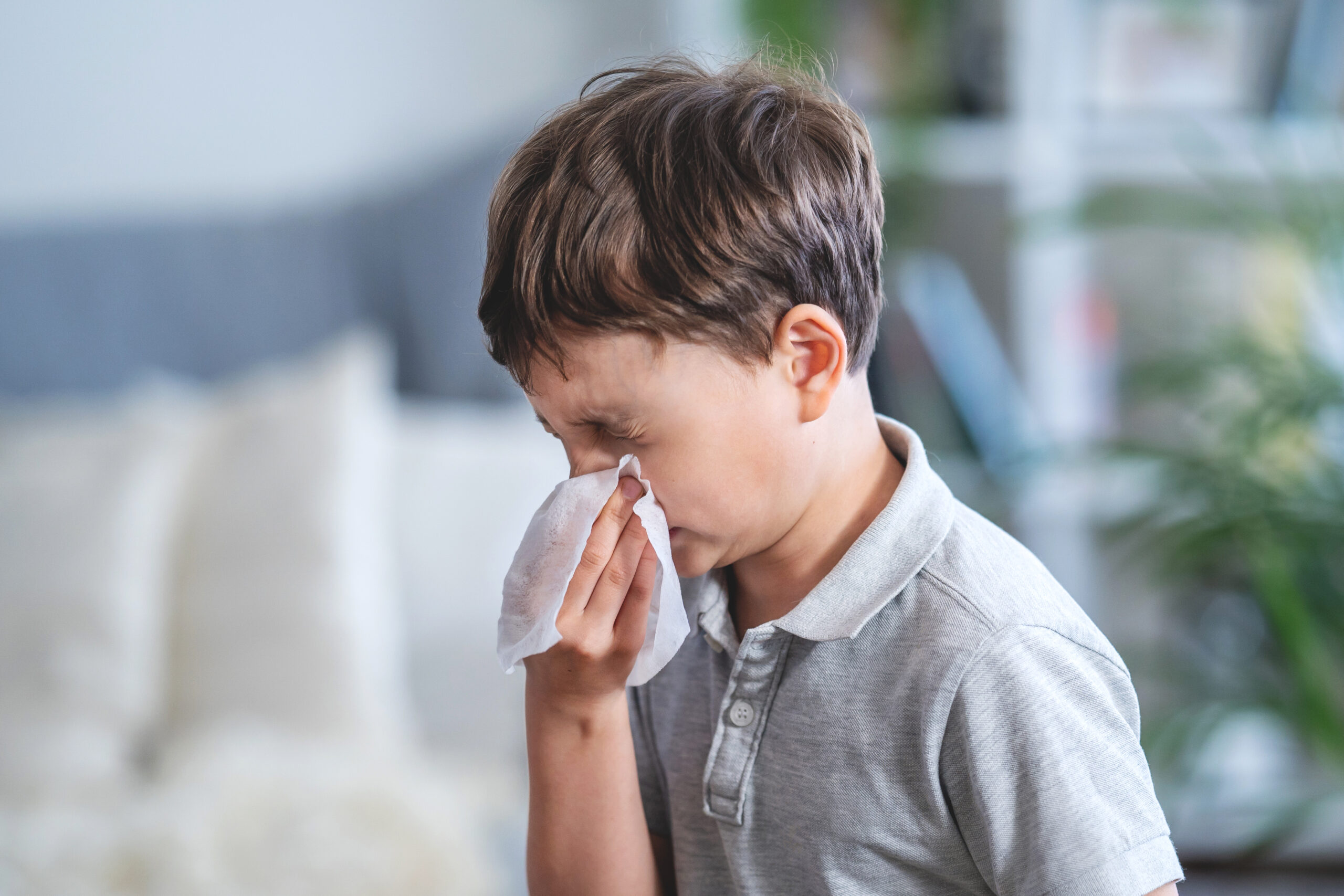Flu in children is a common illness, especially during colder months. Many parents worry about influenza in kids, as it can spread quickly. Early recognition of childhood flu symptoms helps in faster recovery. In this blog, you will learn about flu in children, its causes, diagnosis, treatment, and ways of preventing flu in children. Understanding these facts can help keep your family safe and healthy.
What is Flu in Children?
The flu, also called influenza, is a viral infection. It mainly affects the nose, throat, and lungs. Children can catch the flu easily, especially in schools or crowded places. Unlike a common cold, the flu often comes on suddenly and can make children feel very sick. According to the CDC, children under five, especially those under two, are at higher risk for serious flu complications.
Common Symptoms of Flu in Children
Flu symptoms in children can appear quickly. While some signs are mild, others may be severe. Early detection helps in better care. Watch for these symptoms:
However, not every child will have all these symptoms. Sometimes, the flu can look like a cold at first.
Causes and Risk Factors
The flu is caused by influenza viruses. These viruses spread through droplets when someone coughs, sneezes, or talks. Children can catch the flu by touching surfaces with the virus and then touching their mouth, nose, or eyes. Some children are at higher risk, including:
Additionally, being in daycare or school increases the chance of catching the flu.
How Flu in Children is Diagnosed
Doctors usually diagnose flu in children by checking symptoms and doing a physical exam. Sometimes, they may use a swab from the nose or throat to test for the flu virus. Quick tests can give results in minutes. However, not every child needs a test, especially if flu is spreading in your area. The CDC recommends testing for children at higher risk or with severe symptoms.
Treatment Options for Children with Flu
Most children with flu get better at home with rest and care. However, some may need medicine. Treatment options include:
Never give aspirin to children with flu, as it can cause serious problems. If your child has trouble breathing, high fever, or seems very sick, seek medical help right away.
Prevention Tips for Parents
Preventing flu in children is important for their health. Here are some tips to help protect your child:
According to the WHO and CDC, the flu vaccine is the best way to prevent flu in children.
When to See a Doctor
Most children recover from the flu without problems. However, you should call your doctor if your child:
Early medical care can prevent serious problems. If you are unsure, it is always best to ask your doctor.
In summary, knowing about flu in children helps you act quickly and keep your child safe. For any concerns or if your child seems very sick, consult your pediatrician for personalized advice.

